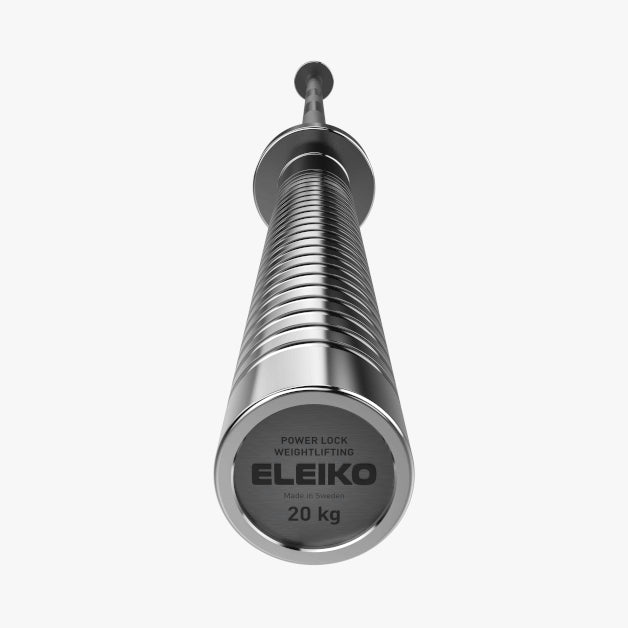MikeTheBear
Level 6 Valued Member
Glenn Pendlay had some excellent videos where he had teaching progressions for the lifts. Thankfully they can still be found here:
How to Snatch Tutorial with Glenn Pendlay - All Things Gym
I learned a ton from these videos. Notice how in part 1 he recommends starting off in the power position with a vertical torso. If you're used to swinging with a hip hinge and really "hiking" the KB backwards, the vertical torso will feel awkward as h$ll. But this is the correct technique for the Olympic lifts. This position does use more quad strength than a swing, which is one of the reasons Olympic lifters prefer the high bar squat among other reasons, but you'll definitely be using the posterior chain as well. As @kennycro@@aol.com mentioned, heavy KB swings transfer over to the Olympic lifts. There was a time when I really tried to improve my snatch and I did all my snatches starting from this same bar in hip crease vertical torso position, and I recall I had some workouts where my glutes actually cramped up. It's a swing with a vertical torso.
How to Snatch Tutorial with Glenn Pendlay - All Things Gym
I learned a ton from these videos. Notice how in part 1 he recommends starting off in the power position with a vertical torso. If you're used to swinging with a hip hinge and really "hiking" the KB backwards, the vertical torso will feel awkward as h$ll. But this is the correct technique for the Olympic lifts. This position does use more quad strength than a swing, which is one of the reasons Olympic lifters prefer the high bar squat among other reasons, but you'll definitely be using the posterior chain as well. As @kennycro@@aol.com mentioned, heavy KB swings transfer over to the Olympic lifts. There was a time when I really tried to improve my snatch and I did all my snatches starting from this same bar in hip crease vertical torso position, and I recall I had some workouts where my glutes actually cramped up. It's a swing with a vertical torso.

